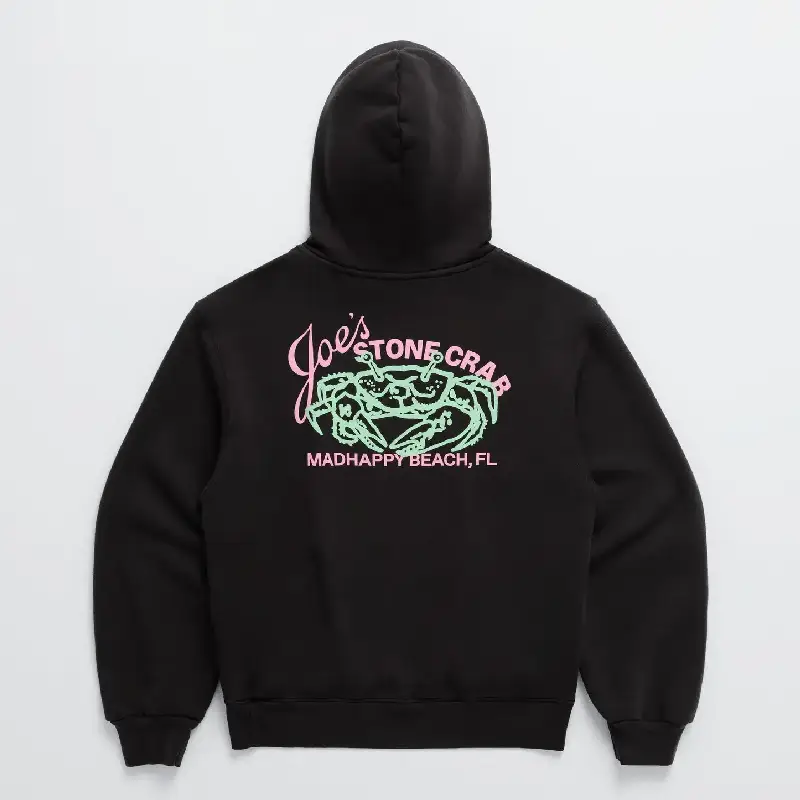Hire Smarter: Interview Templates for Top Talent

Finding the right employee is a crucial process for any company. A well-structured job interview allows hiring managers to assess a candidate’s skills, experience, and cultural fit efficiently. The hiring process can be complex, but with the right tools—such as an interview template—it becomes more organized and objective.
This guide will walk you through the essential elements of an interview template, providing best practices, benefits, and steps to ensure you evaluate candidates effectively. Whether you are hiring for a senior management role or an entry-level position, using a structured interview template can significantly improve your decision-making process.

What Is an Interview Template?
An interview template is a structured framework that hiring managers use to conduct interviews in a consistent and standardized manner. It serves as a guideline to ensure all essential topics are covered, providing fairness and efficiency in the hiring process.
A well-crafted template helps in:
- Maintaining consistency across all interviews.
- Ensuring fair evaluation of all candidates.
- Documenting responses and assessments for future reference.
- Aligning hiring decisions with job-specific requirements.
Regardless of the role or industry, an interview template can be customized to meet different job requirements while maintaining its core structure.
What Are the Benefits of an Interview Template?
1. Standardized Evaluation
Using a structured template ensures all candidates are assessed on the same criteria, leading to objective comparisons and fair hiring decisions.
2. Improved Efficiency
A predefined structure saves time and keeps the interview focused on relevant job requirements, preventing unnecessary diversions.
3. Enhanced Candidate Experience
A well-organized interview fosters a professional and engaging candidate experience, increasing the likelihood of attracting top talent.
4. Legal and Compliance Assurance
Using a consistent format ensures compliance with hiring regulations and protects against potential legal issues related to discrimination or bias.
5. Better Documentation
Recording structured interview notes enables HR teams to revisit evaluations and justify hiring decisions if needed.
What to Include in an Interview Template?
An effective interview template should include the following key sections:
1. Candidate Information
- Name:
- Contact Details:
- Position Applied for:
- Date of Interview:
- Interviewer(s):
2. Job Role Overview
- Job Title:
- Key Responsibilities:
- Essential Skills & Qualifications:
- Company Culture & Values:
3. Opening Remarks
- Brief introduction about the company.
- Overview of the interview structure.
- Explanation of the position and expectations.
4. Core Interview Questions
a) General Background Questions
- Tell us about yourself.
- What interests you about this role?
- Why did you leave your previous job?
b) Experience and Skill Assessment
- Can you walk us through your resume?
- What are your core strengths?
- Describe a challenge you faced in a previous role and how you overcame it.
- What tools or technologies are you proficient in?
c) Situational and Behavioral Questions
- Tell us about a time when you had to manage a conflict at work.
- Describe a situation where you had to meet a tight deadline.
- Have you ever led a project? What was the outcome?
d) Cultural Fit Questions
- What type of work environment do you thrive in?
- How do you handle feedback and criticism?
- Why do you think you’d be a good fit for our team?
e) Job-Specific Questions
- How would you approach [specific task relevant to the job]?
- Have you worked with [specific software/tool] before?
- What strategies would you use to [solve a job-specific challenge]?
5. Candidate Questions
Encourage candidates to ask questions about the company, team, and role. Their questions can provide insights into their interests and expectations.
6. Assessment & Notes
- Communication Skills: (Excellent / Good / Needs Improvement)
- Technical Skills: (Excellent / Good / Needs Improvement)
- Cultural Fit: (Excellent / Good / Needs Improvement)
- Overall Impression:
- Additional Notes:
7. Closing the Interview
- Next steps in the hiring process.
- Expected timeline for a decision.
- Thank the candidate for their time and interest.
How to Write an Effective Interview Template?
1. Define the Job Requirements Clearly
Ensure the template aligns with the job description, outlining specific skills, qualifications, and experience required for the role.
2. Structure Your Questions Logically
Organize questions in a logical order, starting from general background to job-specific queries. This structure helps maintain a natural flow during the interview.
3. Keep It Flexible
While consistency is key, allow room for spontaneous questions based on candidate responses.
4. Use a Rating System
Implement a scoring system to objectively evaluate candidates. For example:
- 5 – Excellent
- 4 – Good
- 3 – Average
- 2 – Below Average
- 1 – Poor
5. Document Everything
Take detailed notes to support hiring decisions. If multiple interviewers are involved, share evaluations for a comprehensive review.
Interview Template – Conclusion
A well-structured interview template enhances the hiring process by ensuring fairness, consistency, and efficiency. It allows hiring managers to compare candidates objectively, align decisions with company goals, and select the best talent for the job.
By following this guide, you can create a robust interview framework that not only evaluates technical expertise but also assesses cultural fit, problem-solving skills, and overall potential. Whether you are hiring for a startup or a large corporation, a well-defined interview process is essential for building a strong and successful team.
Source: Interview Template – How to Find Out the Best Employee
Don’t forget to explore our previous post: Dupont Analysis Explained: A Financial Mastery Guide









